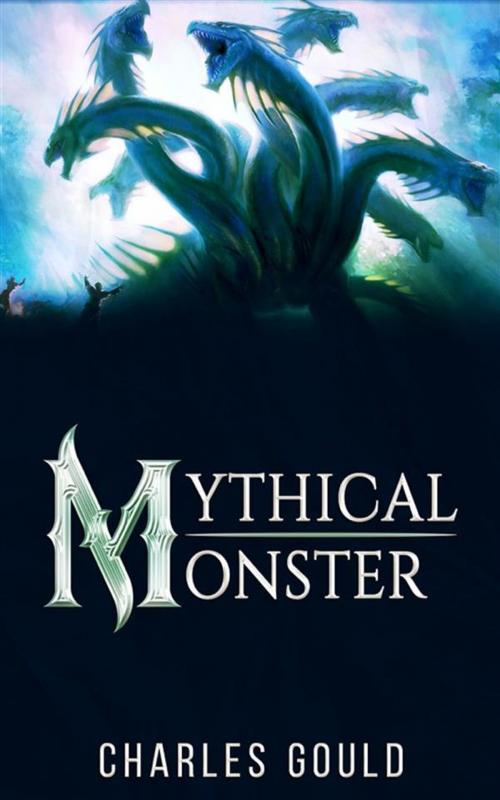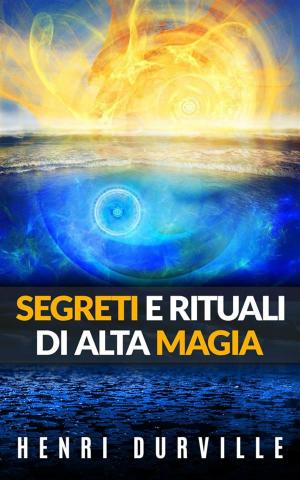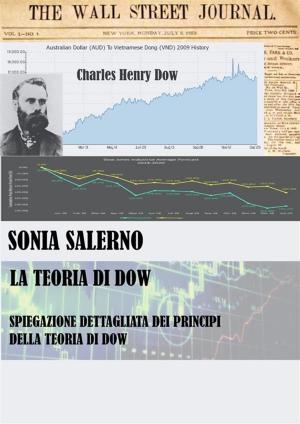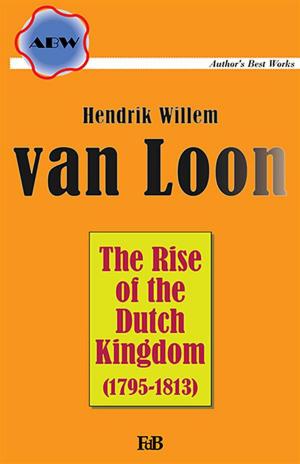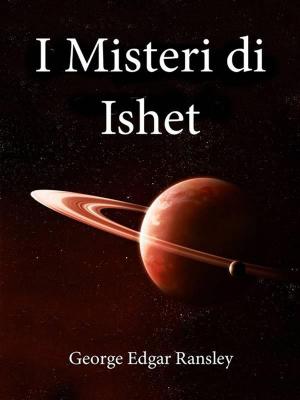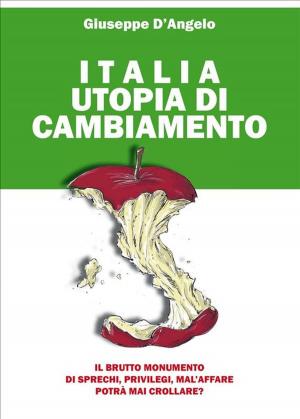| Author: | Charles Gould | ISBN: | 9788892676855 |
| Publisher: | Youcanprint | Publication: | July 27, 2017 |
| Imprint: | Language: | English |
| Author: | Charles Gould |
| ISBN: | 9788892676855 |
| Publisher: | Youcanprint |
| Publication: | July 27, 2017 |
| Imprint: | |
| Language: | English |
Charles Gould, the son of the ornithologist John Gould, wrote this book in the 19th century on the subject now called 'cryptozoology,' the study of (possibly imaginary) animals only known through anecdotal or folklore evidence.
The core of the book is about dragons: Western, Chinese, and Japanese, although it also covers the Sea-serpent, the Unicorn, and the Chinese Phoenix. Gould hypothesized that the dragon was based on an unknown, very rare animal, a huge reptile with wings, which became extinct in historical times. He also concluded that persistent sea-serpent sightings were also due to an undiscovered surviving prehistoric marine animal. He drew on the then-emerging body of fossil evidence for prehistoric mega fauna, from flying lizards to whale-sized aquatic dinosaurs.
In context the proposal was not all that outrageous. Darwin had 25 years earlier proposed that humans are part of a huge web of biological relationships over vast realms of time and space. So what other paradigms were about to be shattered?
Gould leads off with a discussion of some other 'earth mysteries:' the world-wide flood myth, cultural diffusion, and Atlantis; readers looking for the cryptologist will want to skip forward to Chapter VI. Extensive illustrations, translations from rare documents, and historical accounts from newspaper articles, make this a must-have book for anyone interested in this subject.
Charles Gould, the son of the ornithologist John Gould, wrote this book in the 19th century on the subject now called 'cryptozoology,' the study of (possibly imaginary) animals only known through anecdotal or folklore evidence.
The core of the book is about dragons: Western, Chinese, and Japanese, although it also covers the Sea-serpent, the Unicorn, and the Chinese Phoenix. Gould hypothesized that the dragon was based on an unknown, very rare animal, a huge reptile with wings, which became extinct in historical times. He also concluded that persistent sea-serpent sightings were also due to an undiscovered surviving prehistoric marine animal. He drew on the then-emerging body of fossil evidence for prehistoric mega fauna, from flying lizards to whale-sized aquatic dinosaurs.
In context the proposal was not all that outrageous. Darwin had 25 years earlier proposed that humans are part of a huge web of biological relationships over vast realms of time and space. So what other paradigms were about to be shattered?
Gould leads off with a discussion of some other 'earth mysteries:' the world-wide flood myth, cultural diffusion, and Atlantis; readers looking for the cryptologist will want to skip forward to Chapter VI. Extensive illustrations, translations from rare documents, and historical accounts from newspaper articles, make this a must-have book for anyone interested in this subject.
